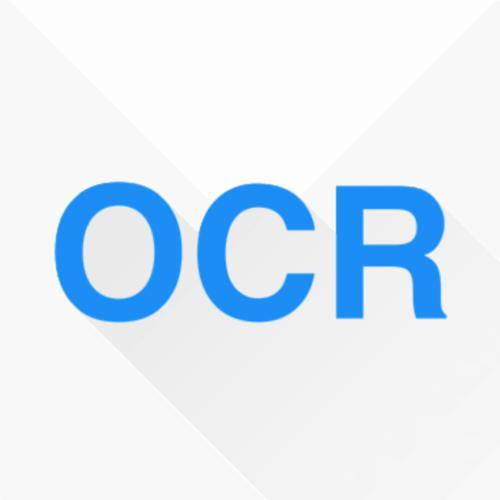Automatic optical inspection (AOI) plays a pivotal role in the manufacturing process, predominantly leveraging high-resolution imaging instruments for scanning purposes. It detects anomalies by analyzing image textures or patterns, making it an essential tool in industrial manufacturing and quality control. Despite its importance, the deployment of models for AOI often faces challenges. These include limited sample sizes, which hinder effective feature learning, variations among source domains, and sensitivities to changes in lighting and camera positions during imaging. These factors collectively compromise the accuracy of model predictions. Traditional AOI often fails to capitalize on the rich mechanism-parameter information from machines or inside images, including statistical parameters, which typically benefit AOI classification. To address this, we introduce an external modality-guided data mining framework, primarily rooted in optical character recognition (OCR), to extract statistical features from images as a second modality to enhance performance, termed OANet (Ocr-Aoi-Net). A key aspect of our approach is the alignment of external modality features, extracted using a single modality-aware model, with image features encoded by a convolutional neural network. This synergy enables a more refined fusion of semantic representations from different modalities. We further introduce feature refinement and a gating function in our OANet to optimize the combination of these features, enhancing inference and decision-making capabilities. Experimental outcomes show that our methodology considerably boosts the recall rate of the defect detection model and maintains high robustness even in challenging scenarios.
翻译:暂无翻译



